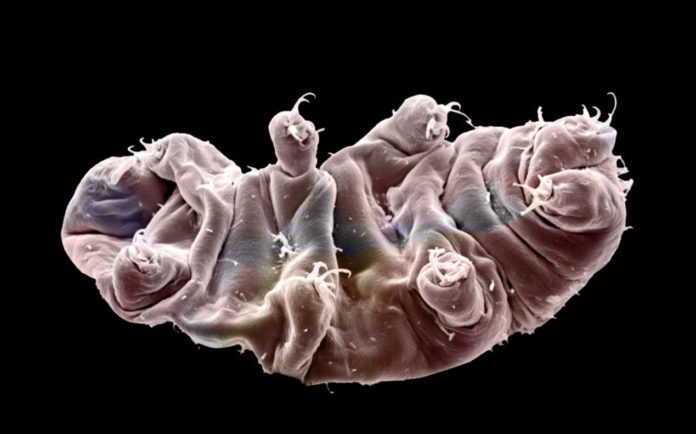As part of an effort to characterise and broaden the scope of known life, researchers have proposed sending these small creatures on future interplanetary voyages.
Our planet’s first interstellar visitors could be tardigrades. By the way, there are some organisms that have been successfully exposed to the severe conditions of space on multiple occasions. They’re about half a millimetre in size, but don’t let that fool you. They are among the toughest animals on the planet, having demonstrated their ability to survive both on and off the planet.
So far, just a few ships have left our solar system. All of them have taken several decades to travel the 18,000 million kilometers required to enter interstellar space. So yet, no living organisms have boarded the ship, but that could change in a relatively short period of time.
The NASA-funded Starlight research project is developing a significantly faster means to travel across space: solar sails driven by intense beams of laser beams that could power small spacecraft even at 10% of the speed of light.. The vast distances that the Voyager probes have travelled over the course of 40 years might be traversed in just a few days.
UntiUntil now, prior long-distance ships only carried messages, such as the Voyager disc, which contained a wealth of information about humanity and its accomplishments. But all signs point to more expeditions outside the Solar System in the near future, missions to reach the nearest planetary systems in manageable time frames. This brings up the possibility of experimenting with biological organisms.
A team of researchers led by Stephen Lantin of the University of Florida analyzed how much food would be required on such a trip to keep different species alive, taking into account factors such as their weight, dimensions, and ability to withstand long periods of space radiation as well as the high acceleration they would experience during such trips. And the tiny tardigrades have shown to be the most ideal creatures.
Sending humans could be great but, according to the study author, due to biological constraints, it is preferable to send other organisms, at least for the early trips.
Take life to new frontiers
Our ability to explore the cosmos by direct contact – write the researchers in their article – has been limited to a small number of lunar and interplanetary missions. However, NASA’s Starlight program points a way forward to send small relativistic spacecraft far from our solar system.
Those miniaturized spacecraft “are capable of robotic exploration, but they can also carry seeds and organisms, marking a profound shift in our ability to characterize and expand the range of known life.”
Tardigrades and the tiny worm Caenorhabditis elegans, another candidate species, have the advantage of being capable of cryptobiosis, a form of extreme hibernation in which animals radically slow down their metabolism when under adverse conditions such as desiccation or freezing. Tardigrades are believed to use only 0.01 percent of their normal energy when in cryptobiosis, allowing them to resist in that state for extended periods of time. And they have already been shown to survive space flight and even exposure to the vacuum of space, as the tests in which they were placed outside the International Space Station have shown. They might even have reached the Moon, as part of the Israeli mission Beresheet, which was carrying numerous specimens and which on April 11, 2019, crashed against the surface of our satellite.
According to the article, the researchers have explored the biological and technological challenges of interstellar space biology, focusing on radiation-tolerant microorganisms capable of cryptobiosis. In addition, we discuss planetary protection concerns and other ethical considerations of sending life to the stars. For the authors, in fact, sending life into interstellar space does not conflict with the current planetary protection regulations, which are limited only to the worlds and moons of our Solar System.
Image Credit: Getty
You were reading: Tardigrades: The first voyager to another star?
